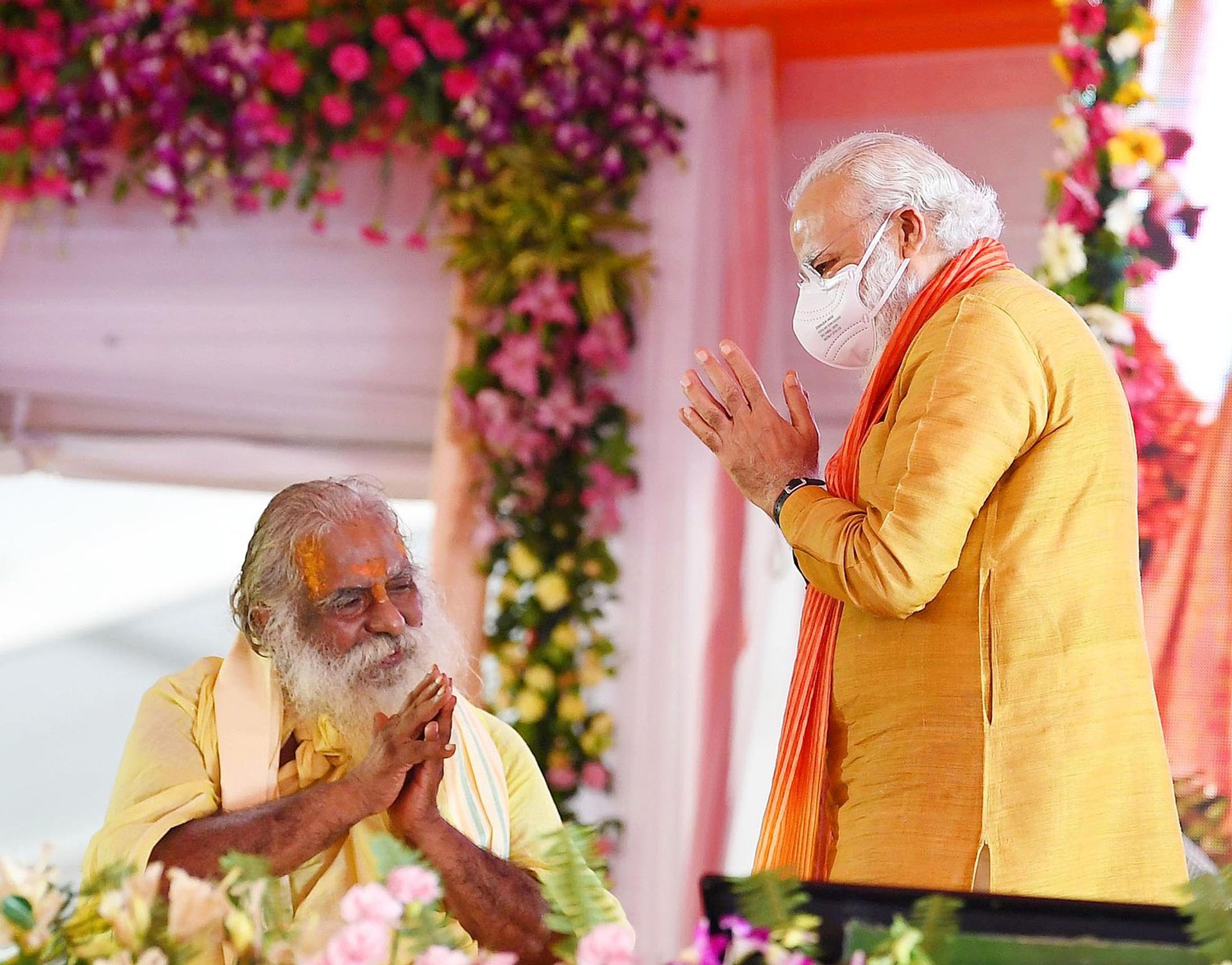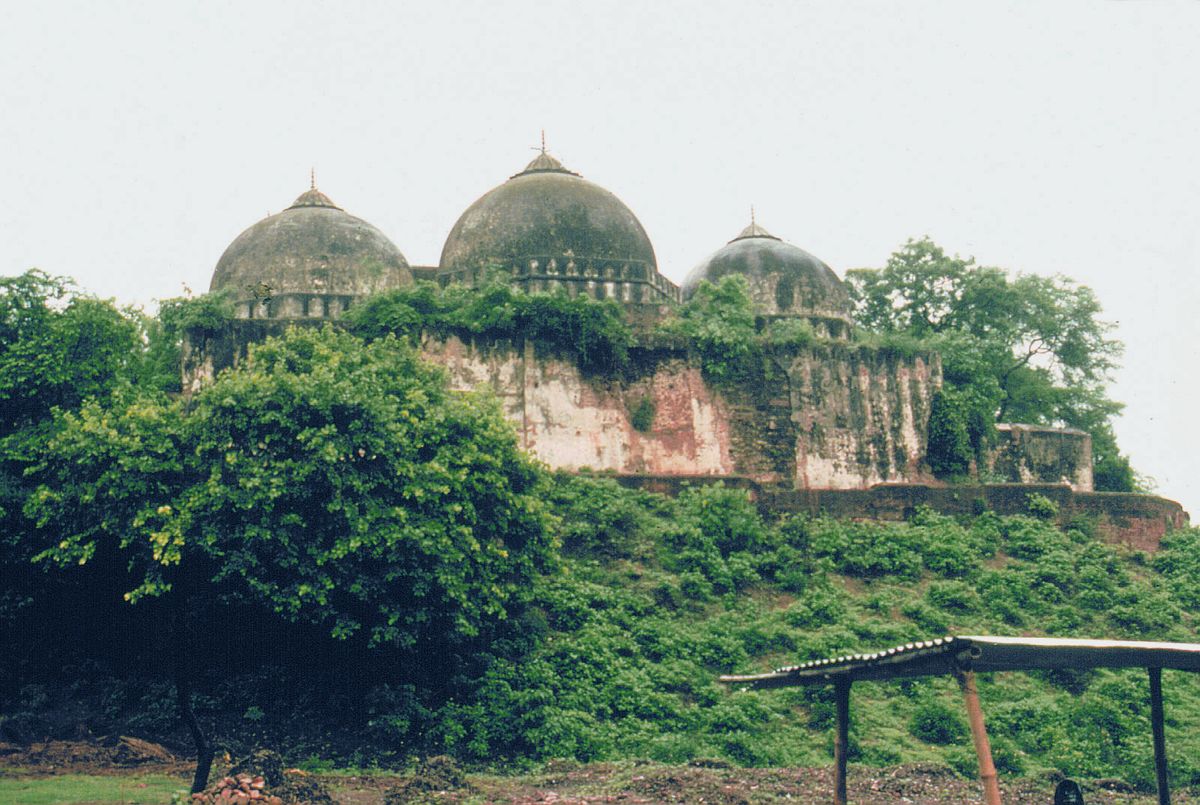A planned museum near the northern Indian city of Ayodhya aims to close one of the country’s most volatile sagas of sectarian conflict.
The city’s 16th-century Mughal-era mosque, Babri Masjid, was illegally demolished in 1992 by Hindu extremists who claimed the site as the birthplace of the Hindu god Rama. More than 2,000 people died in the ensuing riots and a legal battle over the site only concluded last November, when a controversial Supreme Court ruling allowed Hindu parties to build a new temple there. A plot in neighbouring Dhannipur, around 15 miles from Ayodhya, was designated for a new mosque complex.
The plans include an Indo-Islamic cultural research centre with a library, publishing house and a museum celebrating the surrounding region of Awadh, particularly its syncretic culture of Hinduism and Islam. The museum will be curated by Pushpesh Pant, an expert in Indo-Islamic history and food culture. It will house a rotating display of small objects, but due to space constraints and security concerns, examples of calligraphic art, embroidery and architecture from the Awadh region will largely be shown via digital screens. The library will contain Hindi translations of books written in Urdu—the official language of Muslim-majority Pakistan, also spoken throughout India’s north—as well as Urdu calligraphy.
"Reconciliation instead of revenge in today’s divisive, strife-torn political climate is urgently required"Pushpesh Pant, curator
The project will be managed by the newly created Indo-Islamic Cultural Foundation. Its secretary Athar Hussain says: “The history and culture of India’s last nine centuries has been indelibly tied to Islam. This confluence has influenced the entire undivided subcontinent, which contains around one-sixth of the world’s population. This must be studied, researched and showcased.”
Architectural plans for the cultural centre will be presented to the government in November, with construction scheduled later in the year. According to Hussain, the state is contributing the plot of land but construction will rely on private fundraising efforts.

Indian prime minister Narendra Modi with Mahant Nrityagopal Das at the foundation stone laying ceremony of Shree Ram Janmabhoomi Mandir, in Ayodhya, Uttar Pradesh on August 05, 2020
Meanwhile, the government-approved Ram Temple broke ground in Ayodhya in August, having been blessed by Prime Minister Narendra Modi in a televised ceremony. A planned museum and theme park based on the Ramayana, the Sanskrit epic of the life of Ram, will position the city as a major Hindu pilgrimage site.
On 30 September, a Lucknow court acquitted all 32 people—including leading members of the ruling Hindu nationalist party BJP—who had been charged with conspiracy to incite the demolition of Babri Masjid, due to a lack of evidence. The verdict was widely seen as a blow to India’s secular foundations.
But Hussain says: “We accept the court’s verdict in its totality and want this to mark a new beginning.” He adds that he trusts the Supreme Court’s 2019 ruling will render any protests against the new mosque complex and its mission “pointless”.
“The museum will assert the belief that the heritage of Awadh is a shared, pluralistic legacy that cuts across class and creed,” Pant says. “I think introducing the idea of reconciliation instead of retribution and revenge in today’s divisive, strife-torn political climate is urgently required.”
Tensions over Indian museum narratives rose in September, when the chief minister of Uttar Pradesh state, in which Ayodhya is located, renamed a planned Mughal Empire museum in Agra after a Hindu king.


